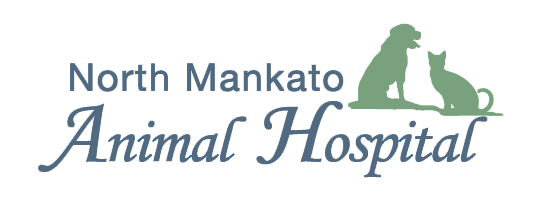To ensure a proper diagnosis, we often need to examine your pet. We begin a medical assessment by looking at your pet’s eyes, ears, and skin and checking his or…
Contact
Phone: 507-720-6700
Fax: 507-720-6703
Email: info@northmankatoanimalhospital.com

